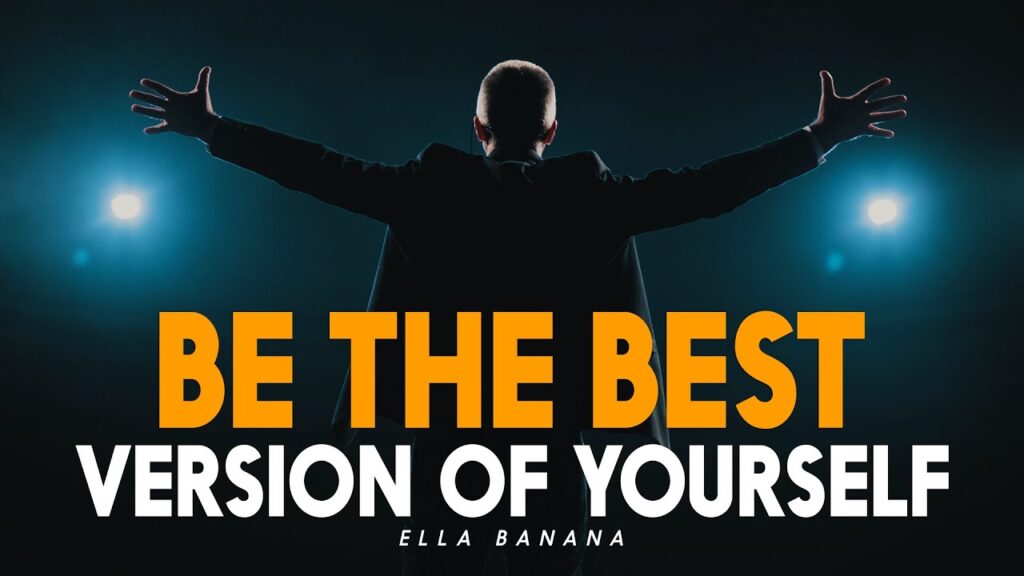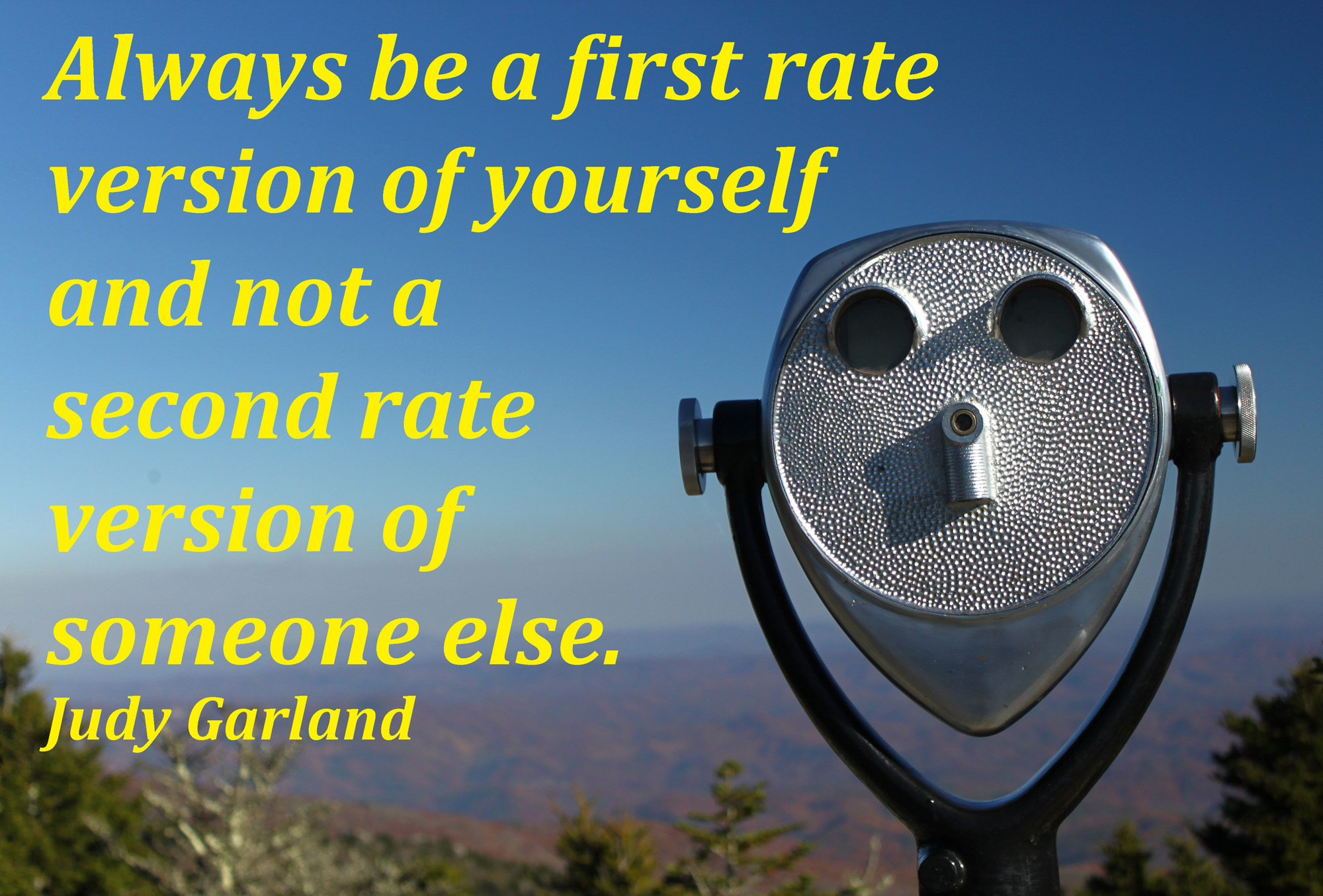Introduction: how to be the best version of yourself
how to be the best version of yourself Have you ever wondered what it truly means to be the best version of yourself? This phrase is more than a motivational tagline; it’s a journey of self-discovery, growth, and continuous improvement. Embracing this path can positively impact every area of your life, from personal relationships to career success. In this guide, we’ll explore practical steps, mindset shifts, and actionable tips to help you become your ideal self. Let’s dive into the journey of self-improvement and what it means to evolve into the best version of you!
- Understanding the Concept: What Does “Best Version of Yourself” Really Mean?
Embracing Your Unique Qualities
Becoming your best self starts with embracing your individuality. Instead of trying to mirror others, focus on the traits that make you unique. Your quirks, strengths, and even weaknesses are all part of who you are. Identifying and accepting these qualities helps set the foundation for genuine self-improvement.
Moving Beyond Perfection
Often, people confuse being their best self with being perfect, but perfection is unattainable and stressful to chase. Being your best self means striving for growth, not flawlessness. It’s about making incremental changes that align with your values and goals, not pushing yourself toward an impossible standard.
Aligning With Your Core Values
Your core values are the principles that define you. Whether it’s honesty, compassion, creativity, or resilience, understanding these values helps guide your actions and choices. When your actions align with your beliefs, you’re naturally inclined to feel fulfilled, authentic, and, ultimately, closer to the best version of yourself.
- Setting Meaningful Goals: The Roadmap to Self-Improvement
Establishing Your “Why”
Setting goals without knowing your “why” can lead to an unfulfilling chase. Ask yourself why you want to achieve certain things. For example, do you want to improve your health for longevity, or are you driven by social pressures? Having a clear “why” helps keep you motivated, especially when obstacles arise.
Breaking Down Big Goals into Small Steps

Big goals can feel overwhelming, but breaking them into smaller, manageable steps can make a huge difference. Suppose you want to become a better communicator; instead of aiming to master it overnight, focus on specific aspects like active listening or public speaking. By tackling smaller tasks, you’ll find it easier to make steady progress.
Setting SMART Goals
SMART goals—Specific, Measurable, how to be the best version of yourself Achievable, Relevant, and Time-bound—are essential for success. Instead of vague resolutions, aim for clear goals with a timeline. For example, if your goal is to get fit, a SMART goal would be, “Exercise three times a week for 30 minutes over the next three months.” SMART goals help track progress, which reinforces motivation and builds confidence as you achieve each one.
- Cultivating a Growth Mindset: The Power of Believing in Your Potential
Understanding Fixed vs. Growth Mindset
A fixed mindset believes talents and abilities are static, while a growth mindset understands they can develop with effort and learning. Adopting a growth mindset encourages resilience, curiosity, and perseverance. Recognize that challenges how to be the best version of yourself aren’t setbacks; they’re opportunities to learn and grow.
Embracing Failure as a Learning Opportunity
Failing is part of growth. Those with a growth mindset view failure not as a reflection of their abilities but as feedback. Next time you face a setback, ask yourself what went wrong and how you can improve. This simple reframing turns every challenge into an invaluable learning experience.
Surrounding Yourself with Growth-Minded People
The people you surround yourself with greatly impact your mindset. Seek out friends, mentors, and colleagues who inspire growth and encourage positivity. Being in a supportive environment helps reinforce your growth mindset, making the how to be the best version of yourself journey toward your best self both achievable and enjoyable.
- Building Self-Discipline: The Key to Consistent Progress
Understanding the Role of Discipline in Self-Improvement
Self-discipline is the ability to stay focused on long-term goals despite short-term temptations. While motivation fluctuates, discipline is the skill that keeps you on track. It’s the bridge between setting goals and achieving them, and it’s crucial for sustainable self-improvement.
Practicing Delayed Gratification
Learning to delay gratification is an important component of self-discipline. It’s the ability to prioritize your long-term goals over instant rewards. For how to be the best version of yourself example, if you’re saving for a big purchase, resisting the urge to spend on smaller, impulsive items can bring you closer to your goal. This practice strengthens willpower and builds confidence.
Creating a Routine That Supports Your Goals
A structured routine can help you stay disciplined. Incorporate daily habits that support your goals, whether it’s a morning workout, a journaling session, or dedicating time to read daily. When you automate positive actions, they become easier to maintain, allowing you to consistently make progress without relying solely on willpower.
- Developing Emotional Intelligence: Enhancing Your Relationships and Self-Awareness
Recognizing and Managing Your Emotions
Emotional intelligence is the ability to how to be the best version of yourself recognize, understand, and manage your emotions and those of others. Developing this skill helps you handle stress, communicate effectively, and improve your relationships. Start by noticing your emotions without judgment, then work on understanding their triggers and impacts.
Practicing Empathy Towards Others
Empathy is a cornerstone of emotional intelligence. Being able to see things from another person’s perspective enhances communication and deepens connections. Practice active listening and try to understand what others feel, even when you disagree. This approach not only improves relationships but also promotes personal growth.
Using Emotional Intelligence for Conflict Resolution
Conflicts are inevitable, but how to be the best version of yourself emotionally intelligent people handle them constructively. Instead of reacting impulsively, they pause, assess the situation, and respond calmly. This skill allows you to address misunderstandings thoughtfully, strengthening both personal and professional relationships in the process.
- Prioritizing Physical Health: The Foundation of Energy and Focus
Nourishing Your Body with a Balanced Diet
Your diet affects not only your physical how to be the best version of yourself health but also your mood and mental clarity. Eating a balanced diet with plenty of nutrients fuels your body and mind, helping you stay energetic and focused. Incorporate a mix of proteins, healthy fats, and whole grains to ensure you’re fueling yourself for success.
Embracing Regular Exercise
Exercise is not just for physical fitness—it boosts mental well-being too. Regular physical activity reduces stress, improves mood, and enhances energy levels. Aim for a mix of cardiovascular exercises, strength training, and flexibility routines to keep your body healthy and resilient.
Getting Quality Sleep
Sleep is the cornerstone of both how to be the best version of yourself physical and mental health. It’s essential for memory consolidation, emotional regulation, and overall well-being. Establish a bedtime routine, avoid screens before bed, and aim for 7-8 hours of quality sleep. Prioritizing sleep helps you wake up refreshed and ready to tackle your goals.
- Cultivating a Positive Mindset: Transforming Challenges into Opportunities
Practicing Gratitude Daily
Gratitude is a powerful tool for boosting how to be the best version of yourself positivity. Taking a few moments each day to acknowledge what you’re thankful for can improve your overall outlook. Start a gratitude journal, where you jot down three things you’re grateful for daily. This habit shifts your focus from what’s lacking to the abundance in your life.
Reframing Negative Thoughts
Negative thinking can be a barrier to how to be the best version of yourself self-improvement. Practice reframing your thoughts by recognizing when you’re being overly critical or pessimistic, and then replacing these thoughts with constructive alternatives. For instance, instead of thinking, “I’ll never get this right,” try, “I’ll keep working on this until I improve.”
Surrounding Yourself with Positivity
Your environment influences your mindset. Spend time with people who lift you and encourage you to pursue your goals. Minimize exposure to how to be the best version of yourself negativity, whether it’s certain social media accounts or unproductive relationships. Building a positive environment helps reinforce your optimistic outlook and motivates you to push forward.
- Strengthening Personal Relationships: Building a Supportive Circle
Nurturing Connections with Friends and Family
Building strong relationships with friends and family is essential for emotional well-being. Make time to connect, listen, and show appreciation for the people who matter to you. These connections provide support, encouragement, and a sense of belonging that enriches your journey of self-improvement.
Setting Healthy Boundaries
Setting boundaries is an act of self-respect how to be the best version of yourself and helps prevent burnout. Be clear about what you can and can’t do, and communicate your limits respectfully. Healthy boundaries allow you to invest in relationships without feeling drained, ensuring you’re fully present when you’re with others.
Seeking Out Like-Minded Individuals
Connecting with people who share your values and goals can be incredibly motivating. Join groups, clubs, or online communities centered around your interests, whether it’s personal development, fitness, or career growth. These relationships provide inspiration, guidance, and accountability on your path to becoming your best self.
- Embracing Lifelong Learning: The Key to Continuous Growth
Developing a Habit of Reading
Reading is one of the simplest ways to how to be the best version of yourself expand your knowledge and perspectives. Make a habit of reading books, articles, or listening to audiobooks on topics that interest you. Whether it’s personal development, history, or science, continuous learning keeps your mind sharp and curious.
Trying New Experiences
Experiencing new things helps you step out of your comfort zone and discover hidden talents or interests. Whether it’s learning a new how to be the best version of yourself language, taking a dance class, or traveling to unfamiliar places, trying new activities challenges you and fosters personal growth.
Investing in Skill Development
Skill development is a continuous




